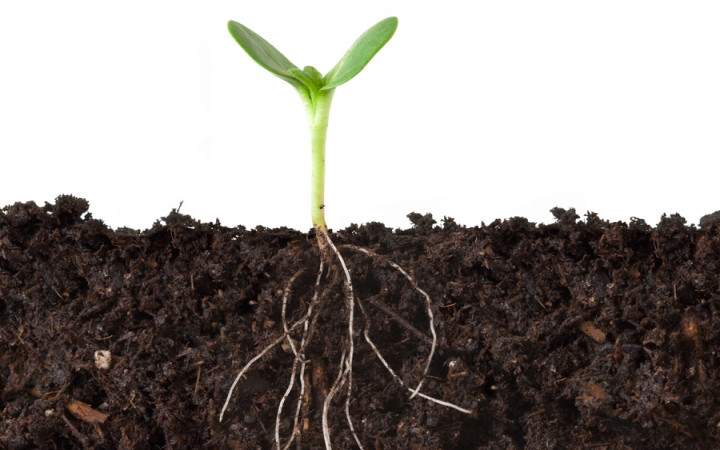Today’s Wonder of the Day was inspired by Chase from HI. Chase Wonders, “Do all plants have roots.” Thanks for WONDERing with us, Chase!
Have you ever stopped to take a look at the world around you and think about how many different types of plants you see? A simple walk through your backyard or a local park will reveal hundreds of different types of plants.
Plants take on many shapes, sizes and colors, yet they are quite similar in how they're put together — for the most part. Whether you're looking at a tree, a flower or a blade of grass, all plants have certain things in common.
Plants conduct photosynthesis, a process through which they convert the sun's energy into food they need to grow and survive. Photosynthesis occurs in chloroplasts, which are tiny organelles located within plant cells. Chloroplasts collect light and convert that light to energy with the help of chlorophyll molecules and special enzymes.
Many plants, such as trees and flowers, have vascular systems. These vascular plants have a system of tubes they use to transport nutrients and water to different parts of the plant. Vascular plants all have similar parts, such as stems, leaves and roots.
The roots, for example, have several important functions. They pull water and minerals from the environment to nourish the plant. This is why they grow down, because the water and minerals needed for growth are below the ground in the soil.
They also provide support and help anchor a plant to the ground. Without a strong root system, trees would not be able to stand tall and withstand high winds.
Roots can also store food and nutrients. A well-developed root system can also prevent soil erosion. Some roots are even edible. For example, the carrots we eat are the roots of the carrot plant!
Not all roots are underground, though. For example, water plants may have roots that float in the water. Epiphytes are plants that live in trees with roots that cling to tree branches.
There are even some plants that don't have roots at all. Remember: the plant kingdom is huge. It's hard for the human mind to grasp the number and wide variety of plants that exist on Earth.
Not all plants have vascular systems. Mosses and liverworts, for example, conduct photosynthesis, but they don't have a classical plant structure like vascular plants.
Mosses grow in damp places and soak up the water and minerals they need directly from their environment. They anchor themselves to rocks and trees with rhizoids, thread-like growths that are not roots.
These and other examples of the simplest types of plants don't have roots. Green algae, for example, are single-celled plants that float on water surfaces. Many types of seaweed do the same. Algae and seaweed absorb water and minerals from the water through all their parts.




